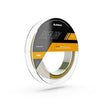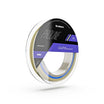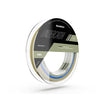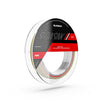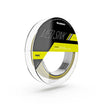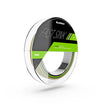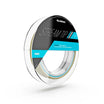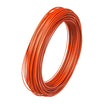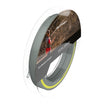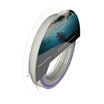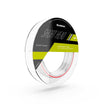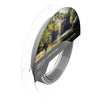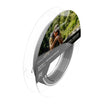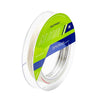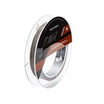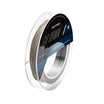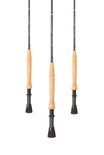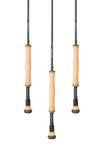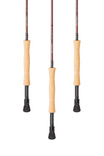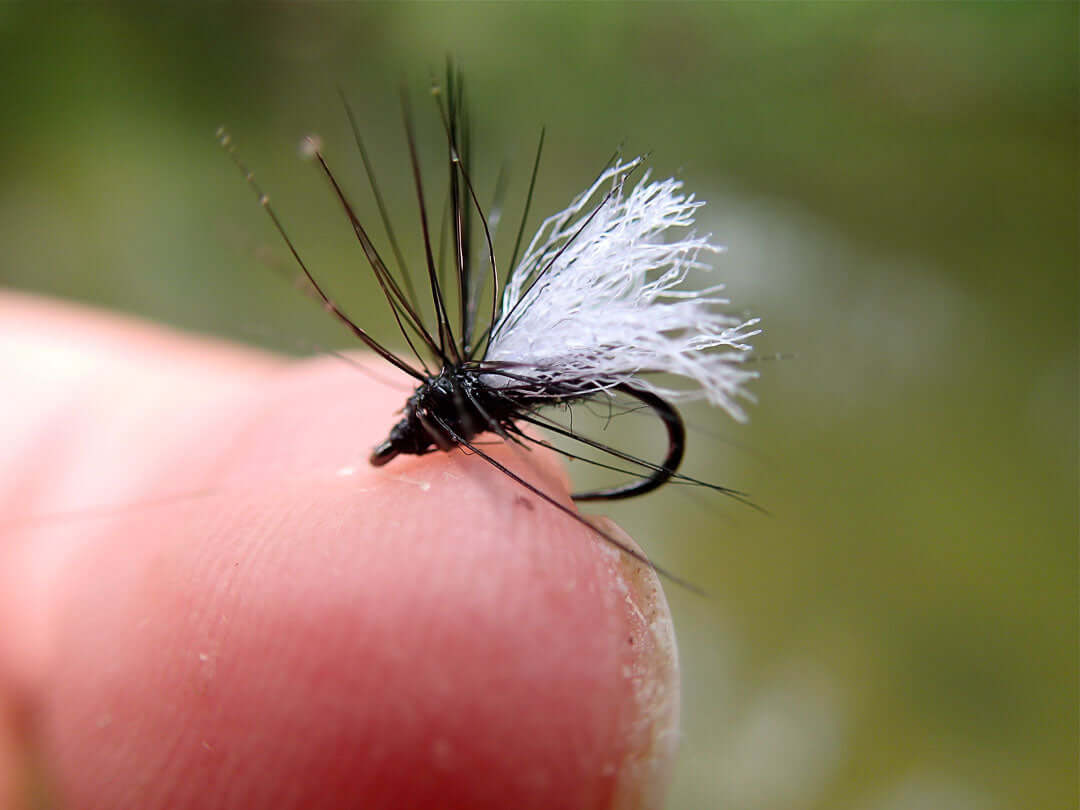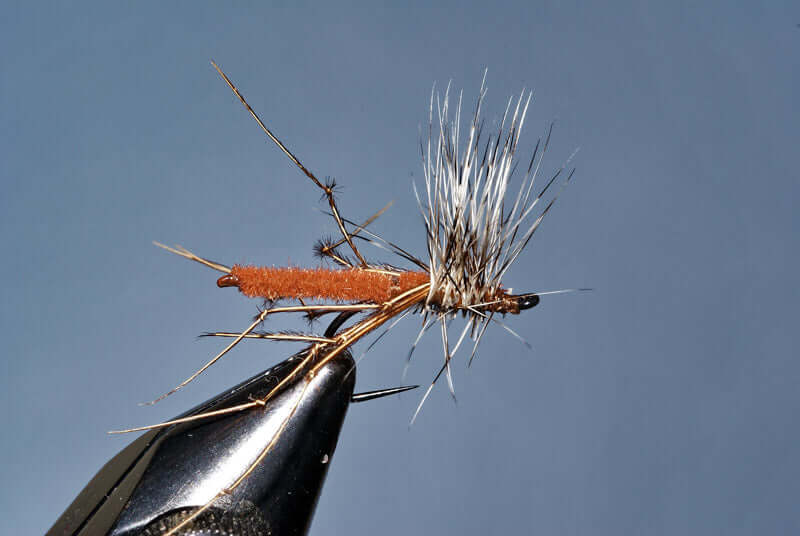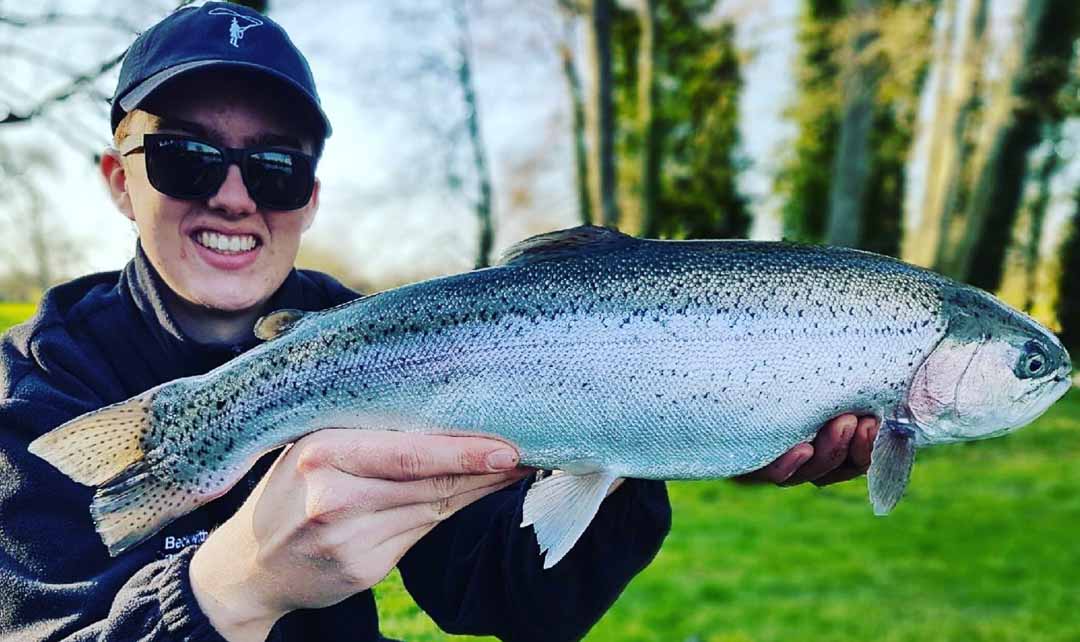Written by by Dave Southall
Using Black Gnats for Trout feeding on Dance Flies
Dance Flies are two-winged flies (Order - Diptera and members of the Family - Empididae). There are many species, some of which swarm in vast numbers over water in search of their prey. It is their somewhat erratic, dancing, flight that gives them their common name. Their other common name is Dagger Flies because they have a long, curved, sharp proboscis with which to feed on their prey (other flies), which they often take them from the water surface. The males offer a captured prey item to the female during courtship. Sizes range from 5 to 15mm (mostly around 7mm long) and colour varies from yellow to black (mainly dark brown and black). They have a slim abdomen, fat thorax and small head.
Expect to see good numbers of them ‘dancing’ in sunny spots that are sheltered from any strong wind any time during the summer. I find that a size 18 Black Gnat works as well as any other fly when trout are taking the occasional casualties that drift down below a hunting/mating swarm or those that are in the act of capturing a prey item from the river surface (I’ve even seen small trout jumping to take them in flight).

Dance Flies swarming in a sunny, sheltered spot

Trout that succumbed to a Black Gnat when feeding on Dance Flies

Size 18 Black Gnat / Dance Fly
Hook: Size 18 dry fly
Thread: Black 8/0
Body: Fine black or dark brown synthetic dubbing
Wing: White poly yarn
Hackle: Black cock clipped off at the bottom (& top clipped if you want a more visible wing whilst fishing)



